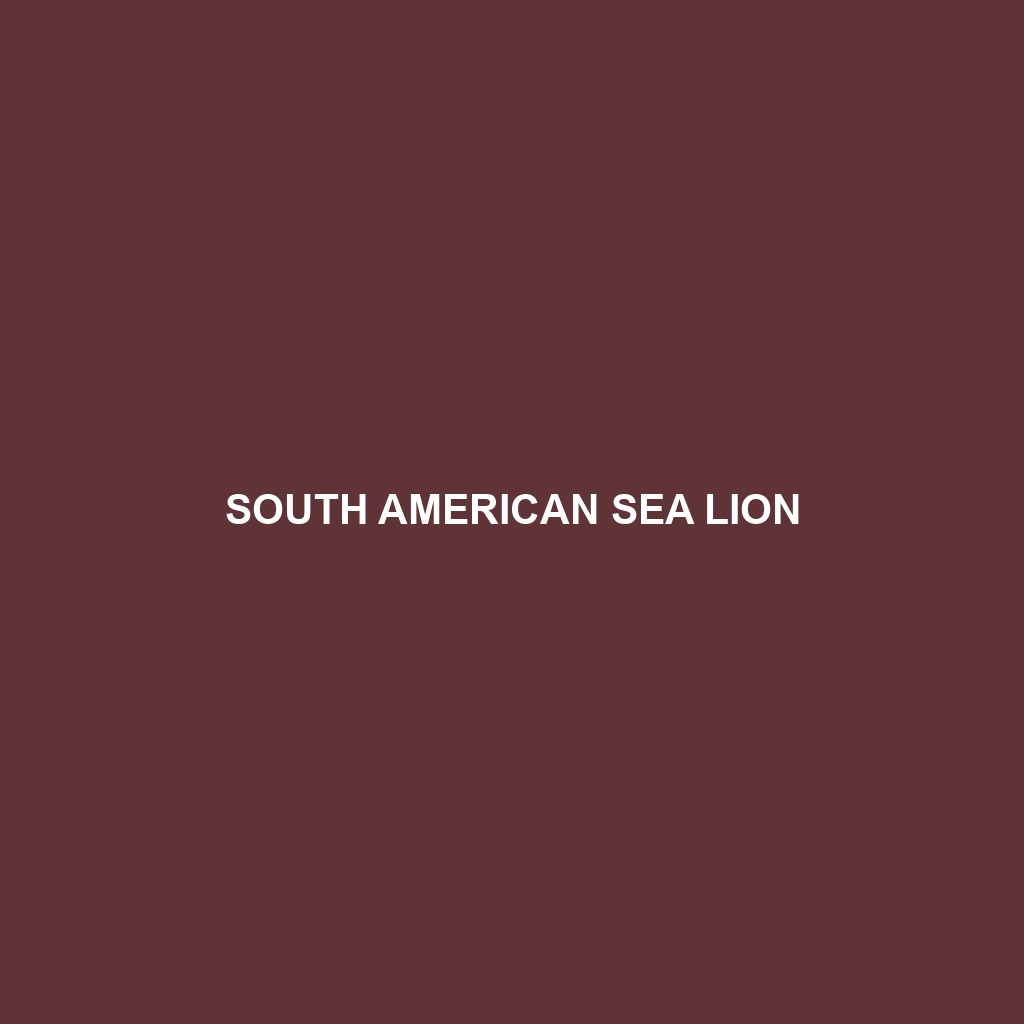Australian Sea Lion Description
Common Name: Australian Sea Lion
Scientific Name: Neophoca cinerea
Habitat: The Australian Sea Lion is primarily found along the southern coast of Australia, particularly in regions such as South Australia and Western Australia. These marine mammals inhabit various marine environments, including rocky coasts, sandy beaches, and offshore islands. They prefer areas with abundant food supply and are commonly spotted on isolated beaches and reefs where they can haul out and rest.
Physical Characteristics: Australian Sea Lions can reach a length of up to 2.5 meters (8.2 feet) and can weigh between 100 to 300 kilograms (220 to 660 pounds). They feature a streamlined body with a thick neck and a fur coat that varies in color from light brown to dark brown. Males are significantly larger than females and possess a distinctive mane of longer fur around their necks. Notable for their large, expressive eyes, they also have external ear flaps, making them easily distinguishable from other seal species.
Behavior: Known for their social nature, Australian Sea Lions are often seen basking in groups on beaches or rocky outcrops. They exhibit playful behaviors, often engaging in social interactions and vocalizations. They are also highly agile swimmers, using their flippers to navigate the waters with ease. These sea lions are known to form strong bonds, with females typically returning to their birth sites to give birth each breeding season.
Diet: The diet of the Australian Sea Lion mainly consists of a variety of fish, cephalopods, and crustaceans. They are known to be opportunistic feeders, adapting their dietary habits based on the availability of prey. This natural flexibility in feeding habits allows them to thrive in diverse marine environments. Their hunting techniques include diving to significant depths to pursue prey, sometimes reaching depths of up to 200 meters (656 feet).
Reproduction: Australian Sea Lions breed between May and December, with a peak in birthing occurring in September and October. Females typically give birth to a single pup after a gestation period of about 11 months. Maternal care is critical; females nurse their pups for up to 12 months and return to the same breeding sites annually. Pups are born with a lanugo coat, which they shed shortly after birth.
Conservation Status: The Australian Sea Lion is currently classified as *vulnerable* by the International Union for Conservation of Nature (IUCN). Their populations have been impacted by various factors, including habitat degradation, human disturbances, and entanglement in fishing gear. Conservation efforts are crucial to protect this unique marine mammal.
Interesting Facts: One fascinating aspect of the Australian Sea Lion is that they are one of the rarest pinniped species in the world. Unlike many other seal species, they have a unique breeding system where females do not breed every year, making population recovery more challenging. Furthermore, Australian Sea Lions are known for their complex social structures and vocalizations, which include barks, growls, and grunts.
Role in Ecosystem: As a top predator in their marine habitat, Australian Sea Lions play an important role in maintaining the balance of the oceanic ecosystem. They help regulate fish populations and contribute to the health of their marine environment. Additionally, their presence can indicate the overall health of the marine ecosystem, acting as a vital indicator species in environmental monitoring efforts.
